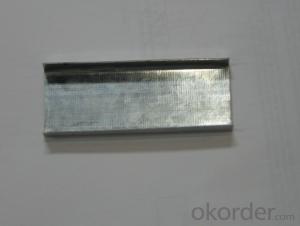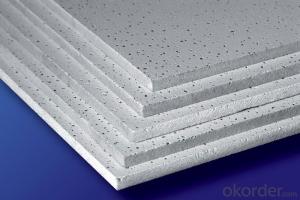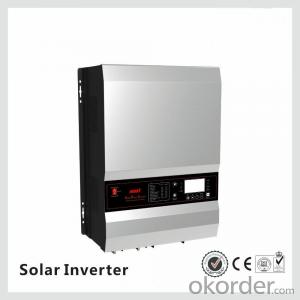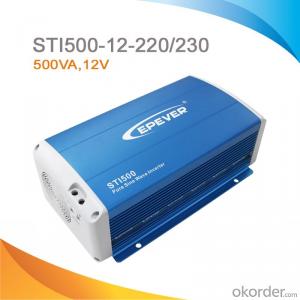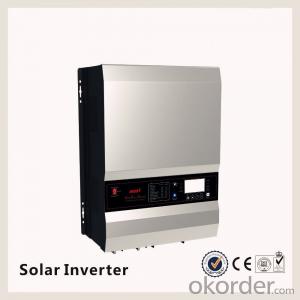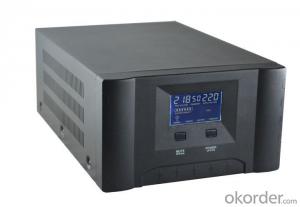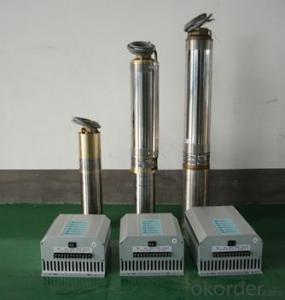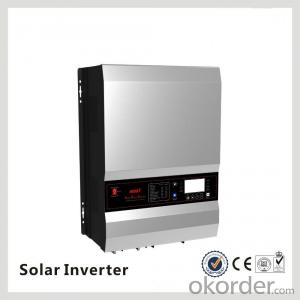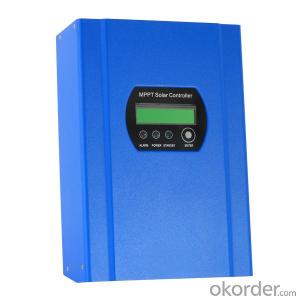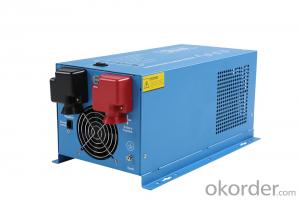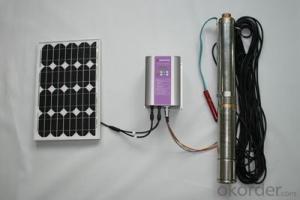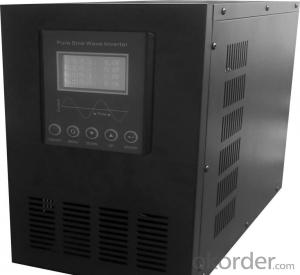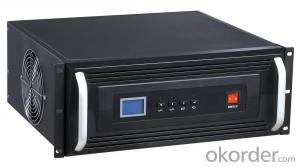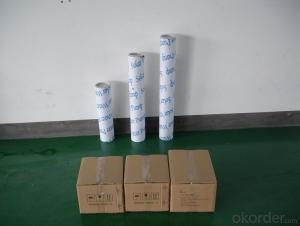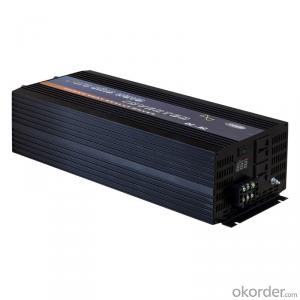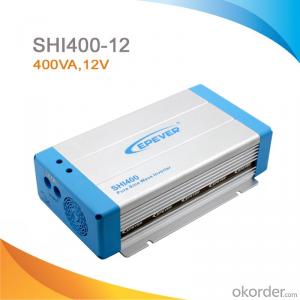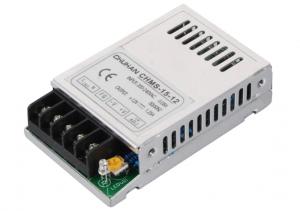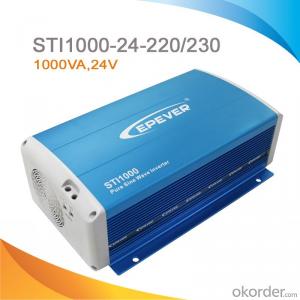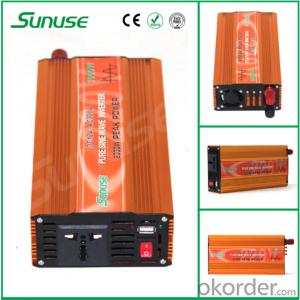Solar Dc To Ac Power Inverter
Solar Dc To Ac Power Inverter Related Searches
Best Stainless Steel For Knives Primer For Galvanized Steel H S Code For Stainless Steel Wd 40 For Stainless Steel Spray Paint For Stainless Steel Glue For Stainless Steel Drill Bits For Stainless Steel Spray For Stainless Steel Welder For Stainless Steel Diamond Grinding Wheels For SteelHot Searches
Solar Inverter For Split Ac Solar Inverter With Ac Outlet Power One Solar Inverter Price Solar Inverter Charger Price Solar Power Inverter Types Solar Power Inverter Suppliers Solar Inverter Emergency Power Solar Power Inverter Companies Power Factor Solar Inverter Solar Inverter Power Factor Solar Inverter Backup Power Tesla Solar Power Inverter Buy Dc To Ac Converter Steel Mesh Panels For Sale Price For Stainless Steel Scrap Scrap Price For Stainless Steel Stainless Steel Tank For Sale Cheap High Tea Sets For Sale Stainless Steel Tanks For Sale High Density Fiberboard For SaleSolar Dc To Ac Power Inverter Supplier & Manufacturer from China
Okorder.com is a professional Solar Dc To Ac Power Inverter supplier & manufacturer, offers integrated one-stop services including real-time quoting and online cargo tracking. We are funded by CNBM Group, a Fortune 500 enterprise and the largest Solar Dc To Ac Power Inverter firm in China.Hot Products
FAQ
- The input voltage range directly affects the performance of a solar inverter. A wider input voltage range allows the inverter to accommodate a greater variety of solar panel configurations and fluctuations in solar energy production. This flexibility ensures optimal operation and increased energy conversion efficiency, resulting in better overall performance. On the other hand, a narrow input voltage range restricts the inverter's compatibility and may lead to reduced efficiency and output power.
- The different output waveforms of a solar inverter include sine wave, modified sine wave, and square wave.
- The role of MPPT (Maximum Power Point Tracking) in a solar inverter is to optimize the power output from a solar panel by continuously tracking and adjusting the operating point to ensure it operates at the maximum power point. This is crucial because the power output of a solar panel is affected by various factors such as temperature and shading, and without MPPT, the inverter would not be able to extract the maximum power from the panel, leading to reduced efficiency and output. MPPT algorithms monitor the voltage and current of the solar panel and adjust the load to match the optimal operating voltage, maximizing the power output and overall system performance.
- The key factors affecting the lifespan of a solar inverter include the quality and durability of its components, proper maintenance and regular servicing, the operating environment, the load capacity, and the level of electrical stress it experiences.
- No, a solar inverter cannot be used for both single-phase and three-phase applications. The type of inverter required depends on the specific electrical requirements of the system. Single-phase inverters are designed for single-phase applications, while three-phase inverters are specifically designed for three-phase applications.
- The role of a voltage regulation feature in a solar inverter is to ensure that the output voltage remains stable and within a specified range, regardless of fluctuations in the input voltage from the solar panels. This feature helps to protect the connected appliances and devices from damage due to overvoltage or undervoltage, and also optimizes the efficiency and performance of the solar inverter system.
- A solar inverter handles variations in temperature by employing temperature compensation techniques. It continuously monitors the temperature of the solar panels and adjusts its output voltage and frequency accordingly. This helps maintain optimal performance and efficiency, as temperature changes can affect the electrical characteristics of the panels. Additionally, inverters may have built-in cooling systems or heat sinks to dissipate excess heat and prevent any damage caused by high temperatures.
- The key factors affecting the reliability of a solar inverter include the quality and durability of its components, such as the semiconductor devices, capacitors, and transformers. The design and manufacturing processes also play a significant role, as well as the overall system integration and installation. The environmental conditions, such as temperature, humidity, and dust levels, can impact the inverter's reliability, along with the quality of the electrical grid and the stability of the solar power generation. Regular maintenance and monitoring are crucial for identifying and addressing any potential issues that may arise, ensuring the long-term reliability of the solar inverter.




